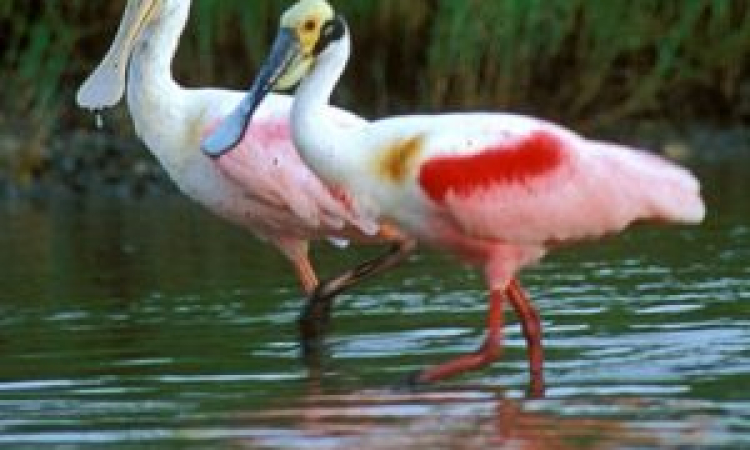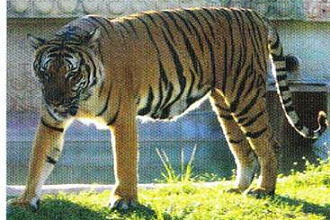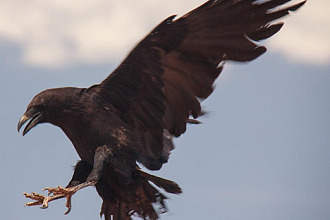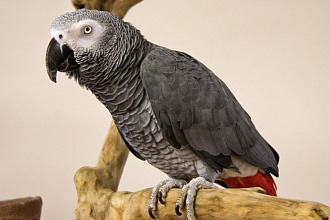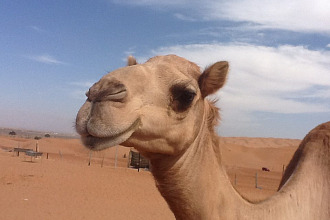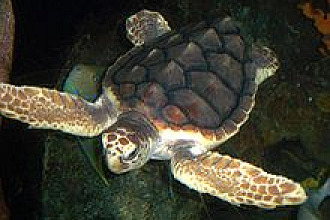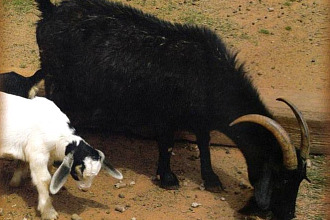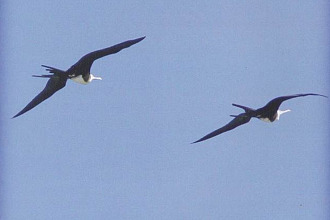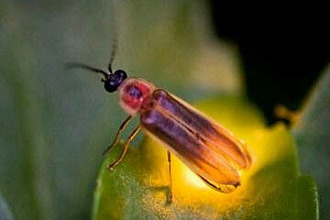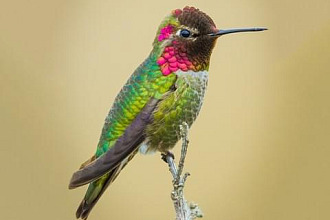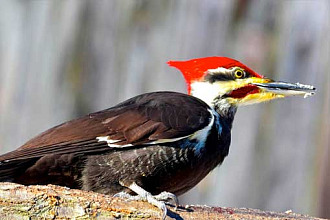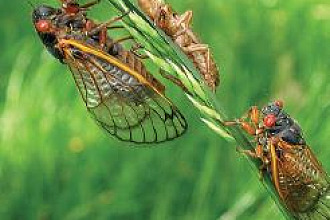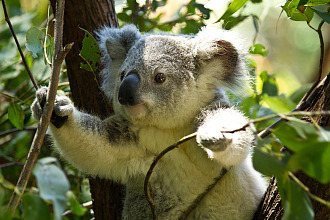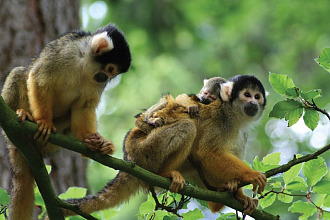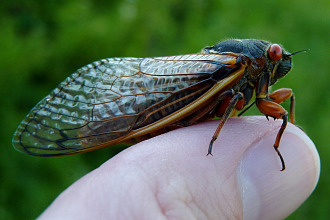There are six kinds of spoonbills, but the only kind you'll find in the Western Hemisphere (where we live) is by far the most colorful. It's the roseate spoonbill, a long-legged bird with red legs, black knees and feet, who sports orange tail feathers with pink edging, a white back, a pink breast and pink wings with deep red trim from time to time. The wing color depends on whether they've just had a meal that included a lot of shrimp—or perhaps they're ready to breed. If that's the case you'll also see their bald heads take on a greenish tone! Now all these special colors that make these 30" tall birds really look exotic might make you think you're seeing a flamingo—but keep looking.
There is something quite special on a spoonbill. Something not by accident! It's their beak—that looks like it might be a spoon or spatula, which of course is how they got their name. The spoonbill's beak is several inches long and narrows in the center, then widens to two inches at the end. As they wade into not-quite knee-deep water, they keep their head down, then plunge their beak into the murky water, turning their head from side to side, with the end of their bill coming within an inch of the bottom of the water where they're wading. They're stirring up the silt, down where the mud is really thick—where no one can see what is in the muck. And that's the whole point—and it's not by accident. They aren't trying to see anything. They are moving that spoon-spatula the Creator gave them back and forth in the water, making little whirlpools in the slime—stirring up the critters that are resting or hiding from them. They've been programmed to do this with their beaks slightly open. As the mud and silt comes into their beaks, their nerve endings can feel the vibration of creatures. The moment that sense is triggered, the spoonbill clamps his beak shut and little papillae on the edge of the bird's beak move whatever critter has been located toward the spoonbill's throat—to give needed nourishment. The whole process is quite simple. In addition, the high-up-placement design of nostril slits on the spoonbill beaks is not by accident. They can easily keep breathing air while using the rest of their beak to make wide arcs in muddy water, waiting for the lunch they stir up to enter their mouths!
At breeding time the female perched on a branch will hold a stick in her beak with which she waves to a potential mate who is displaying his beautiful colors. When she makes that motion, the male accepts the signal that the female has chosen him as her partner. He perches on the branch beside her. Next, not by accident, she places the stick carefully in front of her, showing him it's time to start nest building. Immediately her male brings in more twigs and sticks which she arranges with great care—preparing for the two or three eggs she'll lay the following week. So the nest is readied for more colorful birds whose feathers turn pink with their diet, while they stir in mud with their God-given spatulas. Only the mind of a very creative God could have devised such a unique tool as standard equipment found on a large bird that makes quiet little grunting noises as it wades through vegetation-clogged muddy water in our part of the world!
Those sounds must please the Creator's ears. Hopefully the sounds we make please Him, too, especially when we praise Him!
"NOT BY ACCIDENT" (c) Juanita Kretschmar is used by permission and was first published in the book "Not By Accident" 3 page 35
Picture originally found here

